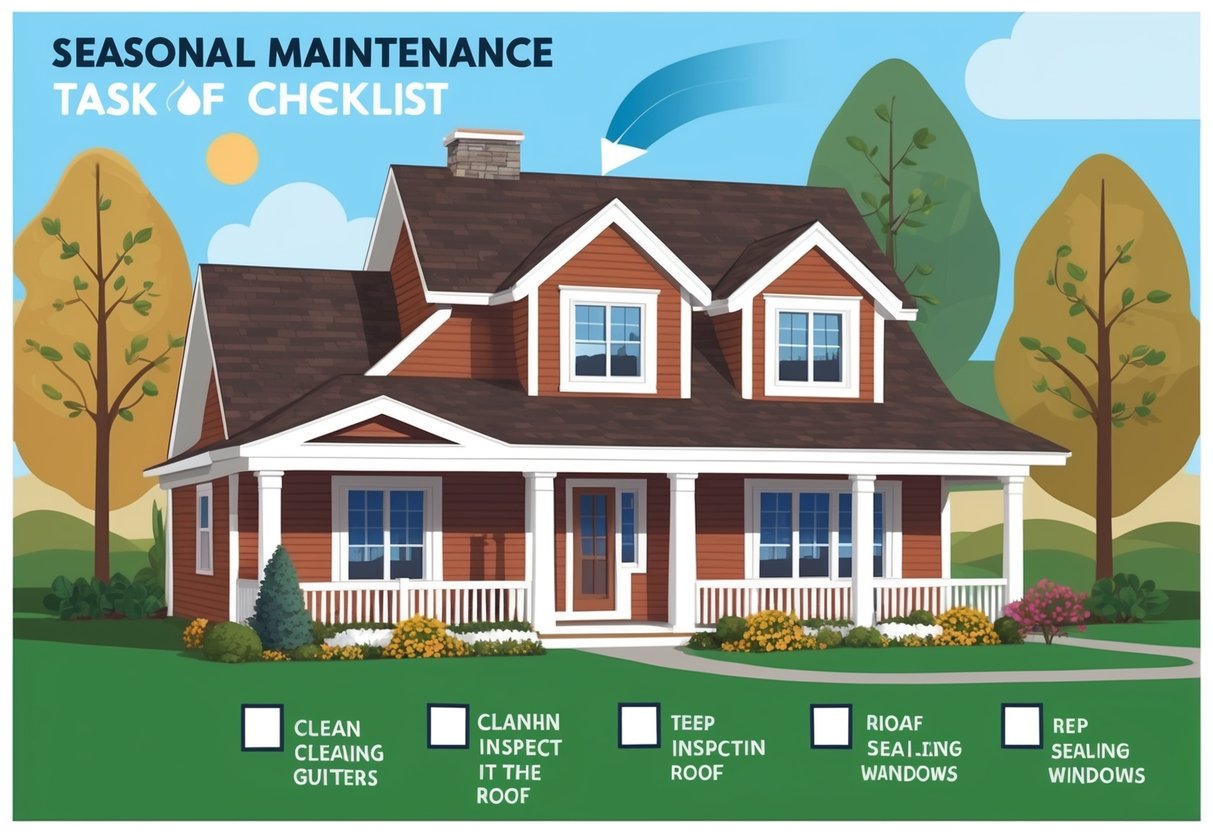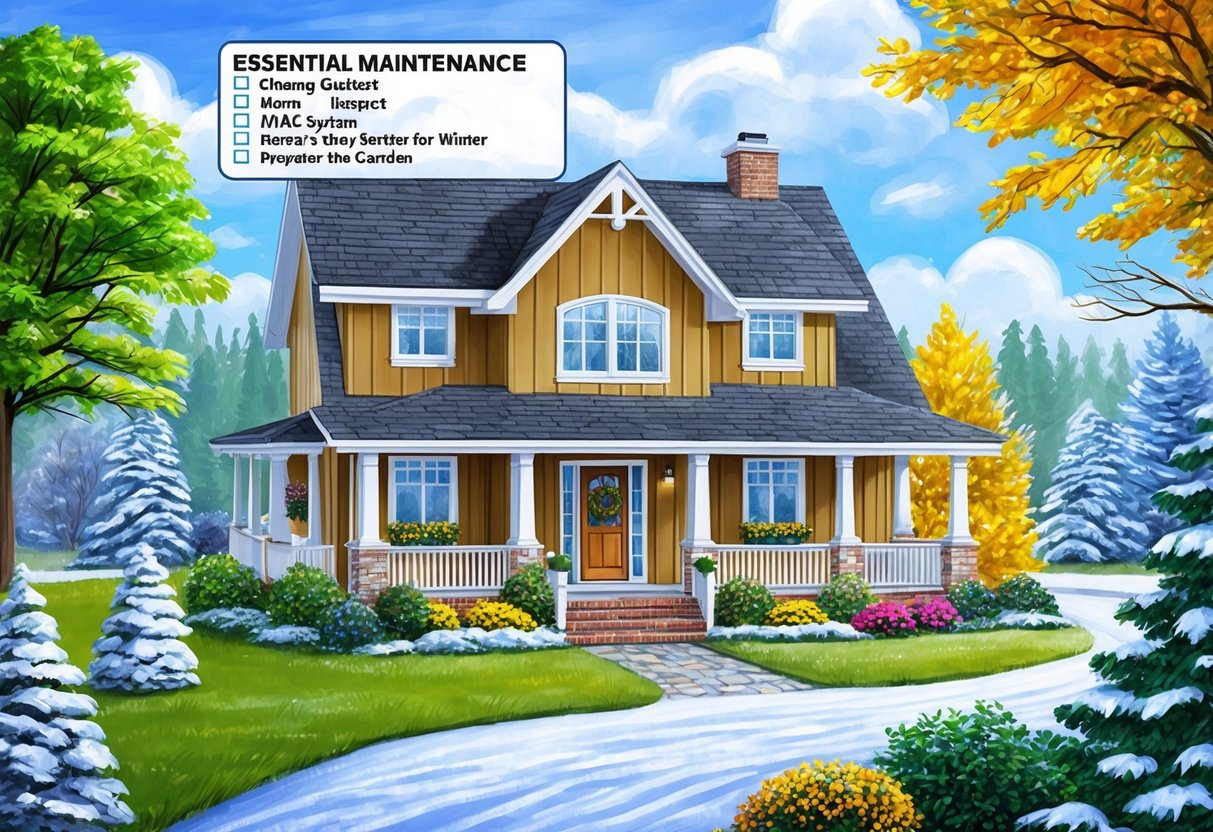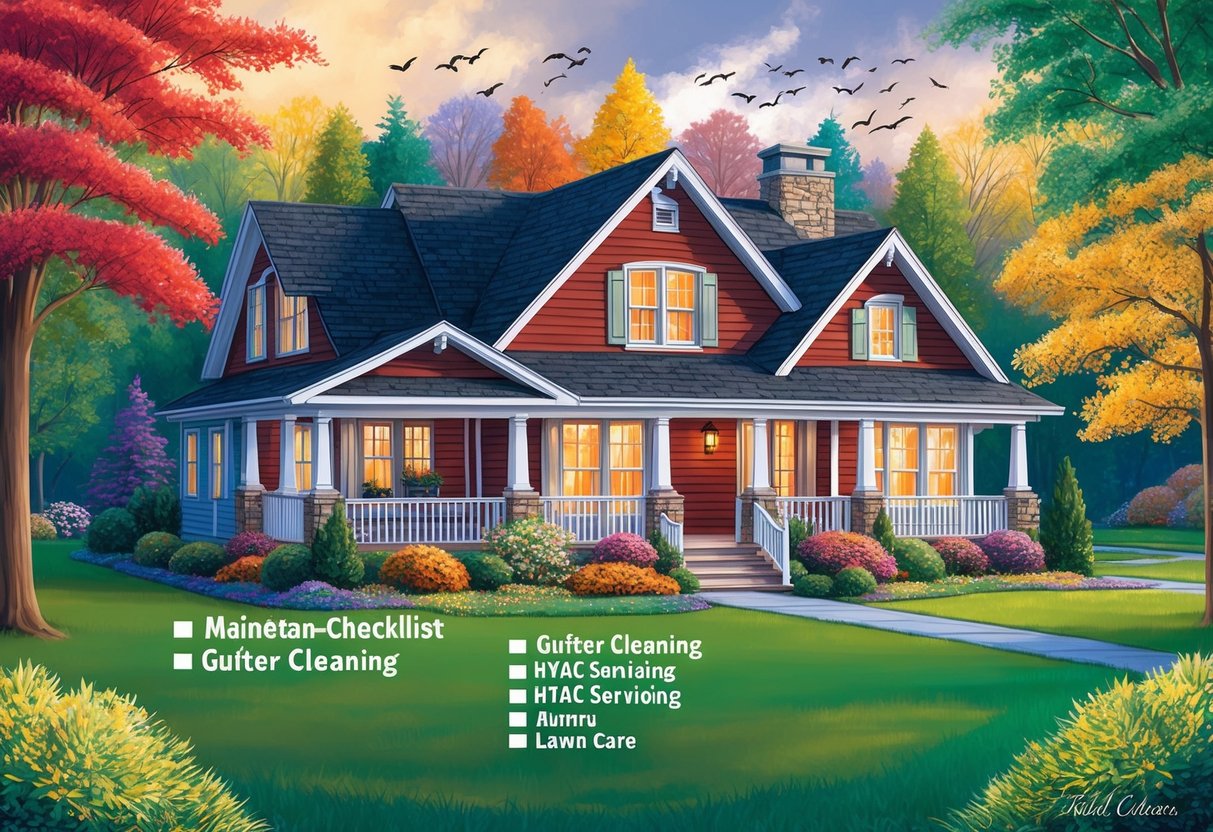
Maximizing the Value of Homeownership

Proactive home improvement and timely repairs help protect a property’s worth and create a more comfortable living space. Regular upkeep also reduces long-term costs and ensures that a home remains safe, functional, and desirable.
Planning Home Improvements
Effective planning is crucial when considering both small updates and larger renovations. Homeowners benefit from creating a prioritized list of projects by evaluating current needs, budget constraints, and how changes align with their long-term living plans.
A good starting point is to identify updates that offer the highest return on investment. For instance, energy-efficient windows, updated roofing, or modern kitchens tend to increase property value and boost buyer interest.
Keeping a detailed schedule—organized by season—can help prevent overlooked tasks and spread out costs. Many homeowners use a maintenance checklist or digital planner to track progress.
They consider not only cosmetic changes but also upgrades that enhance safety and sustainability. For more guidance on setting an effective schedule, see this annual home maintenance checklist and advice on how to create a home maintenance plan.
Prioritizing Repairs and Upgrades
To maximize value, it’s important to address urgent repairs before starting cosmetic or optional projects. Issues like roof leaks, faulty electrical systems, or aging HVAC units can cause extensive damage if left unaddressed, leading to significantly higher costs.
Homeowners should inspect major systems at least annually. Regularly changing air filters, scheduling professional HVAC inspections, and performing roof assessments are all vital tasks that minimize risk and extend the life of expensive assets.
See these essential home maintenance tips for details on frequency and technique. Using a priority list ensures that budget is directed where it matters most.
Homeowners often schedule non-urgent upgrades, like fresh paint or landscaping, for periods when their primary home systems are in good condition. This balanced approach preserves budget while steadily enhancing overall property value.
Frequently Asked Questions

A well-organized seasonal home maintenance schedule helps homeowners reduce costly repairs by catching problems early and extending the lifespan of home systems. Prioritizing weather-specific tasks, safety checks, and regular inspections creates a safer, more efficient home environment.
What are the critical tasks to include in a seasonal home maintenance schedule?
Critical seasonal maintenance tasks include inspecting roofs for damaged shingles, cleaning gutters, testing smoke and carbon monoxide detectors, and checking for plumbing leaks. Servicing HVAC systems before extreme weather and sealing gaps or cracks in foundations and windows also prevent larger issues.
Regularly examining exterior paint, siding, and landscaping keeps a property protected from seasonal wear and tear. Seasonal chores like draining outdoor faucets before winter and power washing decks in spring should be part of every plan.
How can homeowners effectively prepare for home maintenance and repairs throughout the year?
To stay prepared, homeowners should create a detailed maintenance calendar with reminders for recurring tasks. Gathering essential tools and materials in advance helps the homeowner quickly handle urgent repairs.
Keeping a list of trusted contractors for specialized tasks ensures timely professional assistance. Reviewing maintenance checklists before each season and setting aside a budget for emergency repairs are key steps in avoiding surprises.
What is included in a comprehensive home maintenance checklist?
A comprehensive checklist includes inspecting roofing and gutters, sealing windows and doors, testing alarms, flushing water heaters, and maintaining HVAC systems. It also covers cleaning dryer vents, monitoring plumbing for leaks, and servicing major appliances.
Landscaping, grading, and pest prevention are additional areas often included in detailed lists. Home maintenance checklists tailored for each season make it easier to stay organized and thorough.
How often should a homeowner perform various maintenance activities to prevent costly repairs?
Most experts recommend performing exterior inspections, gutter cleaning, and HVAC filter changes at least every season. Monthly tasks, such as checking water softener salt and testing smoke detectors, maintain ongoing safety.
Major systems like roofing and heating should be professionally inspected annually. A quarterly walkaround can help catch early signs of issues in plumbing, exterior structures, and landscaping, as noted in seasonal maintenance routines.
In what ways do seasonal weather conditions affect home maintenance priorities?
Seasonal changes impact which tasks are urgent. For example, spring calls for gutter cleaning and lawn care after winter, while summer may require exterior power washing and pest prevention.
Winter brings hazards like frozen pipes and ice dams, making insulation and weatherproofing critical. Fall focuses on leaf removal, roof inspection, and sealing entry points against drafts and pests, according to fall home maintenance guides.
What are the essential fall maintenance tasks that homeowners should not overlook?
Homeowners should inspect the roof for damaged shingles. Clean gutters and downspouts, and check attic insulation before colder temperatures set in.
Sealing exterior gaps and draining sprinkler systems reduce risks related to freezing weather. Storing outdoor furniture is also important.
Testing heating systems helps ensure proper function. Weather-stripping around doors and windows can boost energy efficiency and comfort.